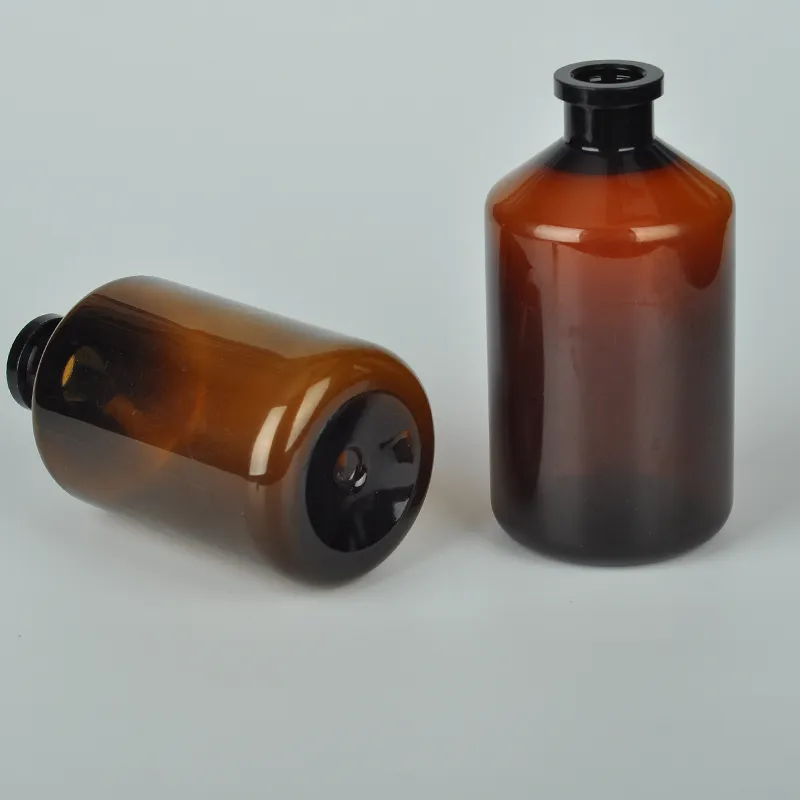https://www.wahmg.com/)">
Exploring Various Sizes of Petri Dishes for Scientific Experiments and Culturing Microorganisms
Exploring Various Sizes of Petri Dishes for Scientific Experiments and Culturing Microorganisms
Understanding the Average Size of Petri Dishes
Petri dishes, also known as Petri plates or cell-culture dishes, are essential tools in microbiology and various biological sciences. They are shallow, flat, cylindrical dishes made from glass or clear plastic, commonly used for the cultivation of microorganisms. One of the fundamental aspects of working with Petri dishes is understanding their average sizes, as this can significantly affect experimental outcomes, results, and overall laboratory practices.
Common Dimensions
The average size of a standard Petri dish is typically around 90 to 100 millimeters in diameter and about 20 millimeters in height. These dimensions provide a sufficient surface area for the growth of various organisms and allow for ease of handling and stacking. The most widely used size in laboratories is the 100 mm dish, which offers about 78.5 square centimeters of surface area. This space is essential for spreading the growth medium and provides enough room for the growth and observation of colonies.
In addition to the standard size, Petri dishes are available in various dimensions to accommodate different experimental needs. Smaller dishes, such as the 35 mm and 60 mm options, are often used for specific applications, like the cultivation of bacterial strains that require less space or for performing specific assays. Larger dishes, including the 150 mm and 200 mm variants, are also available and are generally used in applications that require more extensive growth areas, such as environmental microbiology or large-scale culturing of bacteria and fungi.
Impact on Experimental Variables
The size of the Petri dish can impact various experimental variables, such as nutrient availability, gas exchange, and growth rates. For instance, smaller dishes can lead to rapid saturation of the growth medium, limiting the nutrients available for the microorganisms and potentially affecting their growth. Conversely, larger dishes may provide more environmental stability and a greater supply of nutrients, allowing for more prolonged experiments.
average size of petri dish

Furthermore, the choice of Petri dish size can influence the density of microbial colonies. A greater surface area allows researchers to evaluate colony morphology, microbial interactions, and even perform various tests, such as antibiotic susceptibility or biofilm formation. Homogenous growth patterns are crucial in microbiological experiments, and selecting the appropriate dish size can help achieve reliable and reproducible results.
Materials and Variations
Petri dishes can be made from glass, plastic, or polystyrene. Glass Petri dishes are reusable and can be sterilized in an autoclave, making them sustainable for long-term use. However, they can be more expensive and fragile. Plastic Petri dishes, often disposable, are convenient for single-use applications but may not withstand rigorous sterilization processes.
In recent years, specialized Petri dishes have emerged in the market, including those with unique designs for specific applications, such as multi-well plates or dishes with integrated lids that reduce contamination risks. Some dishes are designed with features that enhance gas exchange or provide specific surface properties to foster different types of cellular growth.
Conclusion
In conclusion, understanding the average size of Petri dishes and their variations is crucial for anyone working in microbiology or related fields. The choice of dish size can significantly influence experimental design, microbial growth conditions, and ultimately the quality of results obtained in laboratory settings. Whether using standard or specialized sizes, researchers must consider their specific needs and applications to ensure successful outcomes in their experiments. As science continues to advance, the evolution of Petri dish designs will undoubtedly contribute to more efficient and effective research methodologies, further aiding our understanding of complex biological systems.
-
Wholesale Plastic Juice Bottles with Caps 16 oz Options Available Bulk Packaging SolutionsNewsJun.10,2025
-
Laboratory Apparatus Reagent Bottle – Durable & Chemical Resistant Bottles for Safe StorageNewsJun.10,2025
-
Squeezable Dropper Bottles Durable, Leak-Proof & CustomizableNewsMay.30,2025
-
Affordable Plastic Petri Plates Sterile & Disposable Lab-GradeNewsMay.30,2025
-
Eye Dropper Caps Precision 24/410 & Plastic Bottle-Compatible TipsNewsMay.30,2025
-
Affordable Mini Spray Bottle Price & Wholesale Deals Shop NowNewsMay.29,2025





















